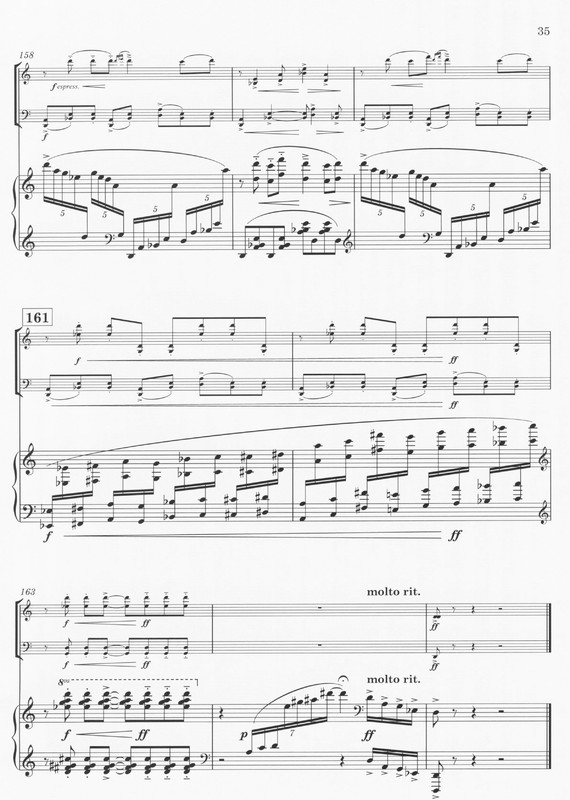Shiraz
Item
-
Score title
-
Shiraz
-
Composer
-
Behzad Ranjbaran
-
Program note
-
Shiraz is a southern Iranian city situated near the ruins of Persepolis, the 500 B.C. capital of Persia. In writing Shiraz (for violin, cello and piano), I aimed to reflect on the elements that have made this city famous: its poets, historic gardens, nightingales and wine.
My first trip to Shiraz at age 14 became an enduring influence on my life and my affection for the city only grew in subsequent visits. In Persian culture, Shiraz is tantamount to life’s beauty, artistry and peace. The concept of Persian garden, as a reflection of paradise on earth, was by and large developed in this region over several thousand years.
Many of the melodic, rhythmic and musical characters in Shiraz are inspired by elements of Persian culture and its vocal and instrumental music. In the first movement, “The Weeping Willow”, I was influenced by the notion of three poets under a weeping willow tree engaged in a gentle, but at times heated, poetic discourse, revealing some of their most tender and profound thoughts and feelings. At times, a musical phrase will begin with one instrument and then passed around repeatedly in a refined dialogue and exchange. This follows a highly cultivated tradition of Mosha’ereh (poetic discourse) in Iran when literary individuals speak only in verse on varied subjects of human characters and emotions, thus establishing a spiritual bond among the participants. Often, one expresses his affection and mastery of the craft by completing a verse that was begun by another.
The second movement, “The Rokni River,”refers to a river in Shiraz where poets, particularly Hafiz, revered in their verses. The thematic material is closely related to the first movement, thus creating an organic relationship between both movements. As the opening descends into the whispering murmur of water waves, it soon builds to climactic crashing chords, all pointing to the vitality of life represented by the river. There is also allusion to the playful character of folk music with irregular rhythmic patterns, repeated short melodies and jesting pizzicato sections. The finale begins with a whispering murmur that quickly turns into a cascading rush of fast notes that propels the piece to an energetic conclusion.
 Behzad Ranjbaran
Behzad Ranjbaran

